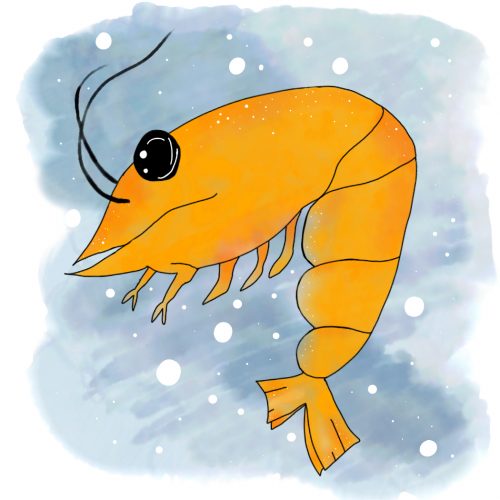Image courtesy of Audrey Steinkamp.
Imagine mindlessly digging into the ground and suddenly finding a fossil of a never-before-seen species. For some, such an experience is merely a dream, but for Javier Luque, a postdoctoral fellow at Yale’s Department of Geology and Geophysics, finding such a fossil changed the direction of his career.
Though Luque knew he wanted to be a paleontologist since elementary school, his love for fossils was solidified when he unearthed a layer of sediment rich with a diverse range of fossils while working on an undergraduate final project. From the moment he laid eyes on the sediment, Luque knew he wanted to devote his career to studying these crustaceans.
After joining the Smithsonian Tropical Research Institute as an intern to conduct research full-time, Luque dived into the mysteries of the fossils. In an article recently published in Proceedings of the Royal Society, Luque describes a new, ancient cumacean, a type of marine crustacean called Eobodotria muisca preserved in the rock. While these cumaceans—sometimes called comma shrimp—may not seem like much, Luque’s fossils are the first unambiguous fossils of this group, and their ancient morphology is strikingly similar that of the modern comma shrimp, bridging an evolutionary gap of over 165 million years. Comparing such invariant species to more volatile ones, such as the chimera crabs, described in a previous Science Advances article, expands our understanding of the diversity of evolutionary processes, especially in the tropics.
Luque plans to describe other exceptionally preserved species also embedded in these rocks, and ultimately hopes to connect all their stories to better understand the narrative of life.
Sources:
[1] https://royalsocietypublishing.aorg/doi/full/10.1098/rspb.2019.1863

